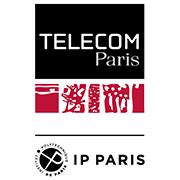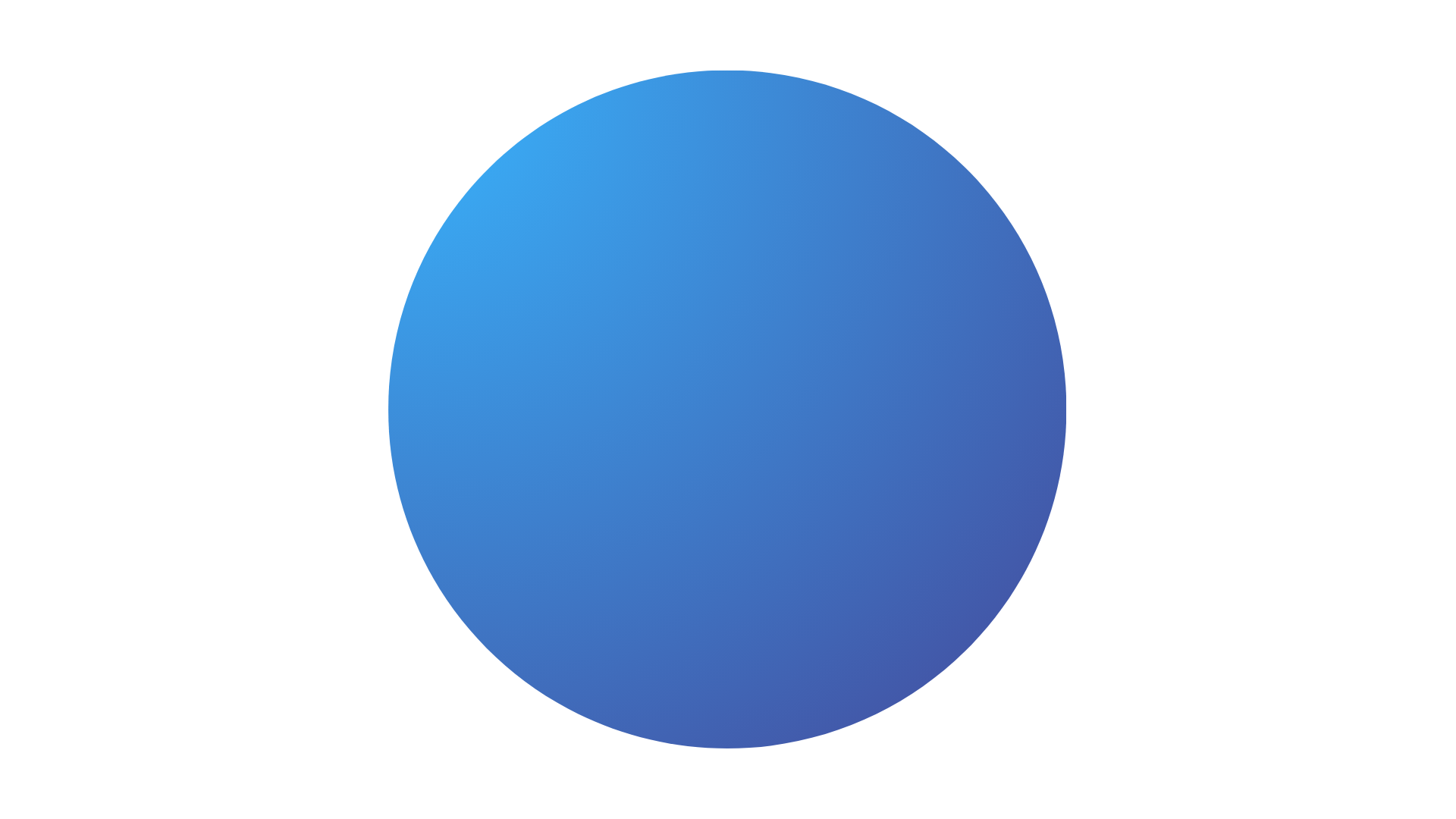
Here, you will find my academic projects. Click on the buttons below to see them. Hover over sections to play videos.

Here, you will find my academic projects. Click on the buttons below to see them. Hover over sections to play videos.
This is the first project I made in IGR at Télécom Paris. It is a simulation of a small solar system including the sun, the earth, and the moon. We made it to simulate meshes, movements, lights, etc.
This project was made to simulate a dice roll. It was made for us to simulate physics, like collision detection and handling. It was really fun and I made lots of improvements to the original instructions as I was really interested in this project.
This is my first shot at simulating fluids with SPH. This was by far the one that I had the hardest time with, and for some reason I chose to do the semester's big project on a paper about fluid simulation. I don't regret it though, because it helped me understand more about the logic behind SPH.
This was a lab about shadow mapping, which is a technique used in computer graphics to determine which parts of a scene are in shadow. Pretty interesting even though it's mostly about debugging and sending the right informations at the right time to the shaders.
This is the result of the semester's big project I talked about in the fluid simulation paragraph. The goal is to implement one paper among multiple suggested. I chose to work on density contrast SPH, which aims to correct the standard SPH's errors when it comes to multiple fluids interacting.
The videos represent different interface tension values (0 on the left, 5 in the middle, 35 on the right).
This lab was about subdivision surfaces, which are a method of representing a smooth surface by subdividing a polygonal mesh. My addition to the lab was to make it able to go back and forth between previous and subdivided meshes by storing them in a list once computed. In this video you can see 4 steps of subdivision followed by 4 steps back to the original mesh.
I would consider this my first UI project. The goal was to make a robot factory simulation using Java. It uses Dijkstra to tell robots where to go. The robots are programmed to not bump into walls or other robots and only go through open doors.
That was the first project in my IGR classes. We had to make a drawing interface using the C++ module Qt. This project was really important to me as it was the first true HMI we had to make and the first project where design ideas were taken into account.





This is my boy. He's the main character of our video game SPlasH. He is a water droplet that can use water to move around and solve puzzles. We made this game for the final IGR project. I worked with 2 friends that were as much video game fans as I. I was in charge of the design, gameplay mechanics, and game engine, while my teammates were in charge of the fluid simulation.
This was my first game made with Unity, or any game engine for that matter. It allowed me to learn about animations, computing rate vs frame rate and other game concepts. I enjoyed being in charge of the design because it was the opportunity to make the game exactly as I imagined it and express my creativity. Click the portal to see the GitHub release of the game's prototype.
This project was made for a visualization class. The goal was to make an interactive visualization of baby names in France from 1900 to 2020. It uses D3.js to display 3 visualizations : temporal, regional and gendered. It's hosted on GitHub Pages under the name of one of my friends.
Click hereHere's a simple project I made for an HCI class. The goal was to make a to-do list page that would implement local storage, ie, saving tasks between sessions. I added in some features like the "check all" button and the design to make it as user-friendly as the instructions allowed.
Welcome to the Graph Code Editor ! This was my first project in M2, and it was part of an HCI class. The goal was to create a visual scripting tool that would allow users to create graphs using nodes with inputs and outputs, and links. I was in charge of the interface while my partner was in charge of the code generation. It was made using Java/Swing.
This tool was made explicitly to create simple 2D games. Here is an example of the type of game one can achieve using the Graph Code Editor. It includes a score (shown in the console but that we can't see here), the player and its movement, as well as another object to collect.
The interface includes multiple features such as scrolling around, copy/paste and saving/loading graphs. As for the nodes, there are multiple types such as arithmetic operations, conditionals, variables, inputs/outputs, etc. The project and some demo games are available on my GitHub.
Click hereIn the data science course, we worked on various types of neural networks and other machine learning algorithms. To try and combine this work with my interest in design, I made a small interactive demo of neural networks recognizing handwritten digits using Tkinter and the MNIST dataset. The one in the video is using LeNet-5, a convolutional neural network architecture with data augmentation, with Pytorch as the main module.